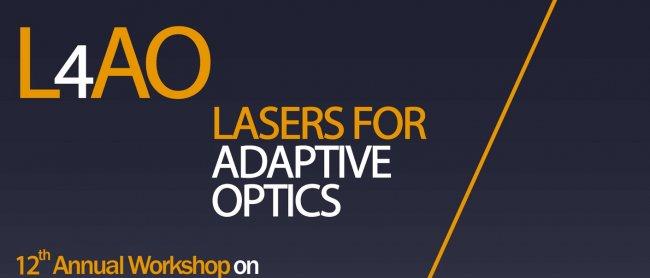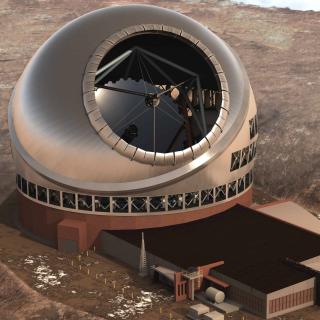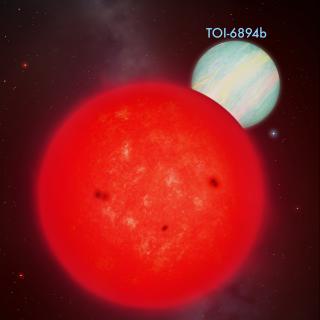Lasers have become a fundamental part of Adaptive Optics (AO) systems for large telescopes. Without these powerful light beams only a very small part of the sky, which coincides with a suitable reference star, could be observed with AO. The lasers, suitable tuned, illuminate the atoms of sodium in a specific layer of the upper atmosphere, the mesopause, at some 90 km above sea level. In this way an artificial star is produced, which can be used in real time to monitor the atmospheric movements which perturb astronomical images, and control the adaptive optics to sharpen them.
As a trailer for the fifth edition of the IAC conference in Tenerife on “Adaptive Optics for Extremely Large Telescopes” this institute has also organized the “12thI Annual Workshop on Laser Technology for Astronomical Adaptive Optics” which will take place tomorrow, Friday 23rd and Saturday 24th June at the IAC Headquarters in La Laguna. There will be an attendance of 40 at this meeting.
The conference next week will be an international- meeting point for some 300 specialists in Adaptive Optics, whose development and implementation is one of the major challenges when building extremely large telescopes (ELT). At the conference the latest advances in OA will be discussed, and there will be presentations of the future challenges for the design, construction, and installation of these systems in the extremely large telescopes of the coming decades.
More information:
· Web “12thI Annual Workshop on Laser Technology for Astronomical Adaptive Optics” and programme (PDF)
· Web fifth “Adaptive Optics for Extremely Large Telescopes” meeting and programme (PDF)
Contact:
· Julio Castro: l4ao_tenerife2017 [at] iac.es (l4ao_tenerife2017[at]iac[dot]es)



